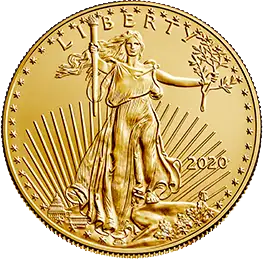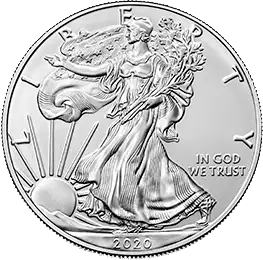
BRICS Continue Dollar Assault
In Rio de Janeiro, plans for a seismic shift in the global economy are underway. The BRICS Summit is quietly working to weaken the dominance of the U.S. dollar in global trade and finance. Western analysts are quick to dismiss the effort as fragmented and unrealistic. But the BRICS are taking a patient, long-term approach. And the threat to the dollar, and to your financial security, is very real.
BRICS Rising: A New Power in the Global Economy
The clout of BRICS is growing fast, especially as it expands its membership. Originally, it included Brazil, Russia, India, China, and South Africa. Today they are joined by Egypt, Ethiopia, Indonesia, Iran, and the United Arab Emirates. The BRICS nations now represent 49% of the world’s population and 39% of global GDP. BRICS members control approximately 43% of global oil production and a similar share of global oil trade. 1

2
BRICS are positioning themselves as a voice of the Global South. They are openly opposing U.S. policies such as trade tariffs and airstrikes on Iran. In response, Trump threatened to slap a 10% tariff on any country aligning with the “Anti-American policies of BRICS”. That warning was on top of his threat to imposed100% tariffs on BRICS goods if they dared introduce their own currency.
A New Currency to Challenge the Dollar?
Brazilian President Lula da Silva has explicitly proposed developing a new currency to boost the BRICS and undermine the dollar.
If realized, this move could reshape global trade. And turn the BRICS into a force to be reckoned with. Notably, there are discussions about backing this new currency with gold. Doing so would give the new currency stability and credibility. It would also likely send gold prices soaring even higher.
Building Their Own Financial System
BRICS is already challenging the established financial order. The International Monetary Fund (IMF) is largely seen as a tool of Western influence by the Global South. For the first time, the bloc has presented a unified position to reform the IMF. They are pushing for a new IMF formula that would give BRICS members more say.
To support their goals, BRICS is also expanding the role of the Shanghai-based New Development Bank (NDB). This multilateral bank is funded by BRICS members. It has grown its lending from $10 billion to $39 billion since 2020. The NDB works to help developing countries lower finance costs and attract investment. And its popularity is growing. The NDB has recently brought in members like Colombia, Uzbekistan, and Indonesia. All seeking alternatives to the IMF and World Bank.3
De-Dollarization in Action
The shift away from the dollar isn’t just talk, it’s already happening.
At this summit, Russian President Putin stated:
“The use of national currencies in trade among our countries is steadily growing. In 2024, the share of our national currency, the ruble, along with the currencies of friendly nations, accounted for 90% of Russia’s settlements with other BRICS states.”4
Russia also announced that internal BRICS trade has crossed the $1 trillion mark. A milestone in dollar-free trade. In addition, China and Russia have signed bilateral agreements to settle trade in yuan and rubles.5
BRICS is also piloting the “BRICS Bridge”. It is a cross-border payment platform designed to make dollar-free transactions among members faster and easier. The platform is a keystone in a truly independent financial system.
The Risks to the Dollar and Your Wealth
Some Western analysts still dismiss these developments. They say the BRICS lacks unity. Or that the dollar is too entrenched to challenge. But that view is short-sighted.
BRICS, particularly China, is known for playing the long game. Today’s patchwork infrastructure may seem disjointed. But over time, it could result in half the world turning its back on the dollar.
If that happens, the consequences for Americans could be severe:
Weakened Dollar: Lower global demand could fuel inflation and raise living costs.
Higher Interest Rates: Foreign investors may sell U.S. debt, making borrowing more expensive.
Lost Trade Advantage: Alternative currencies could reduce U.S. influence in global trade.
Reduced Geopolitical Power: U.S. sanctions and diplomacy would carry less weight.
Market Instability: Diversification away from the dollar could hurt U.S. assets and increase volatility.
Conclusion
The U.S. dollar is already facing challenges from record national debt and inflation to a loss of credibility. BRICS continued de-dollarization could directly hurt the value of your retirement savings. But there’s a way to hedge against these risks. By holding physical precious metals in a Gold IRA. And if the BRICS succeed in launching a gold-backed currency, the value of gold could rise even further.
Don’t wait until the dollar loses more ground. Contact American Hartford Gold today at 800-462-0071 to learn how you can protect your retirement with gold.




















